13 V6 Engines That Failed To Impress
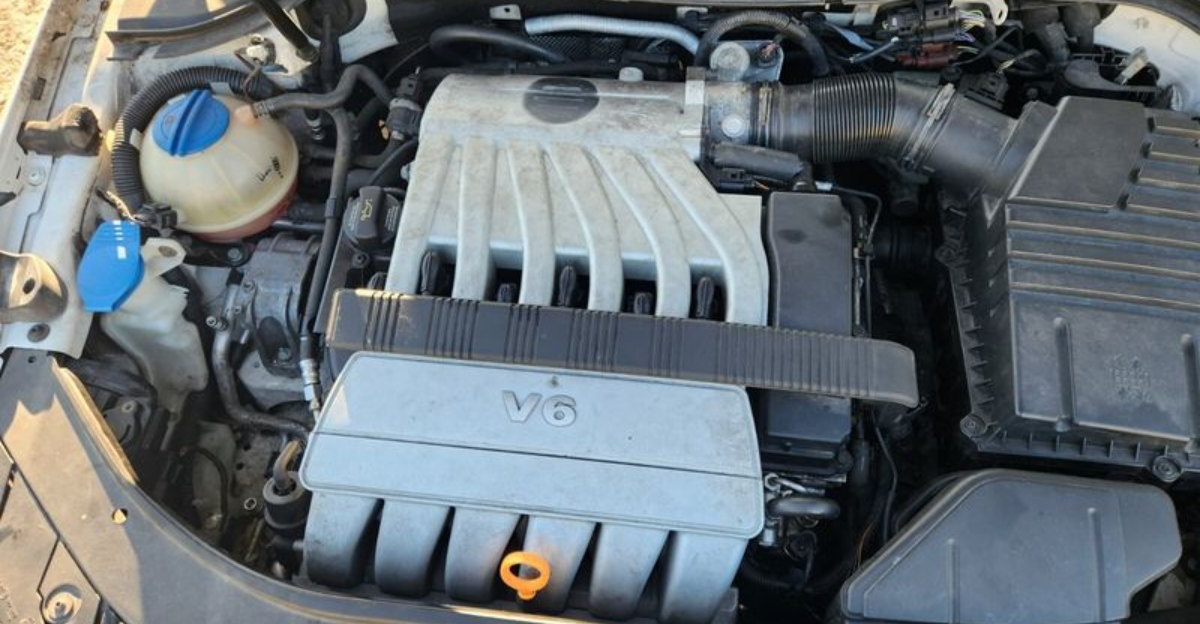
Not all V6 engines are created equal. Some roar with pride, others wheeze with regret.
While the V6 has long promised a sweet spot between power and efficiency, these particular flops missed the memo entirely.
Whether they guzzled fuel like a V8 without the performance or coughed up head gasket issues before mile 50,000, each of these engines left drivers wondering what went wrong.
They had the specs on paper, but the road told a very different story.
1. GM 3.4L V6 (3400)
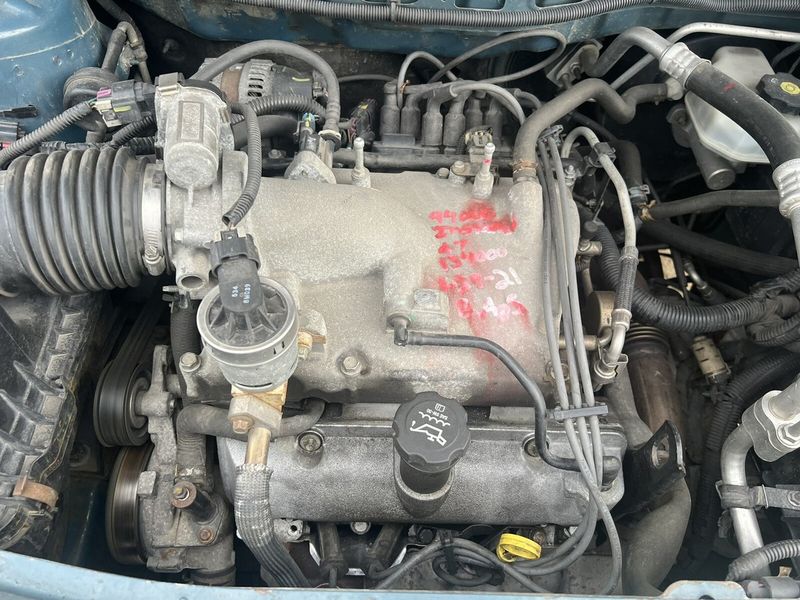
Nicknamed the “intake gasket destroyer,” this engine made mechanics rich across America. Coolant leaks were practically a design feature, not a flaw.
The infamous lower intake manifold gasket would fail like clockwork around 100,000 miles.
Owners faced a cruel choice: expensive repairs or watching their engine slowly cook itself. What’s worse, even after fixing it, many experienced repeat failures.
The 3400 turned what could have been reliable family vehicles into driveway paperweights.
2. Chrysler 2.7L V6
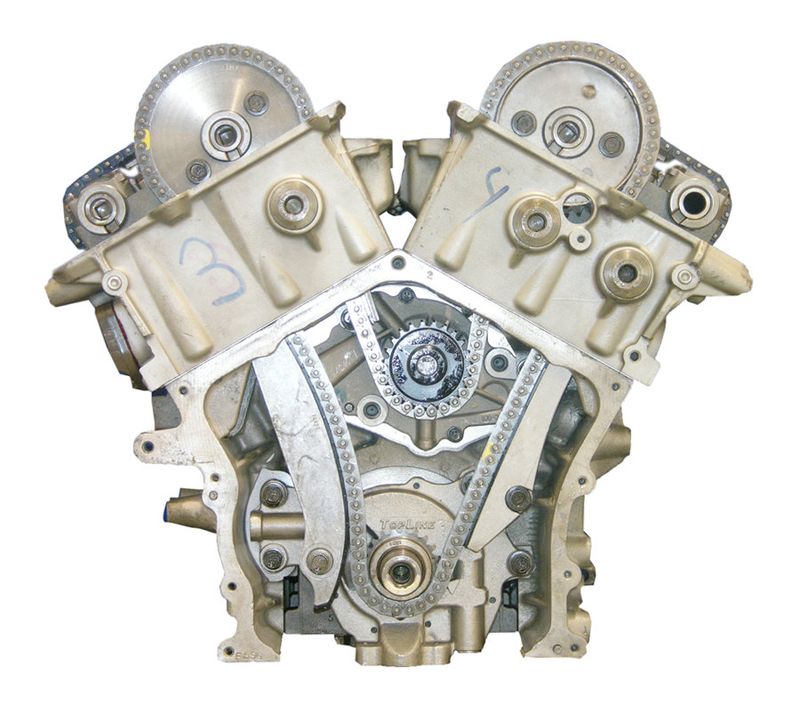
Ah, the Chrysler 2.7L – a masterclass in how not to design an engine. Launched with fanfare in 1998, it quickly earned a reputation for catastrophic sludge buildup.
The oil passages would clog faster than a fast-food artery, leading to premature engine demise. Water pump failures added insult to injury, often leaking coolant directly into the crankcase.
Many owners discovered their engines were terminal before hitting 100,000 miles. Mechanics still wince when these roll into their shops.
3. Ford 3.8L Essex V6
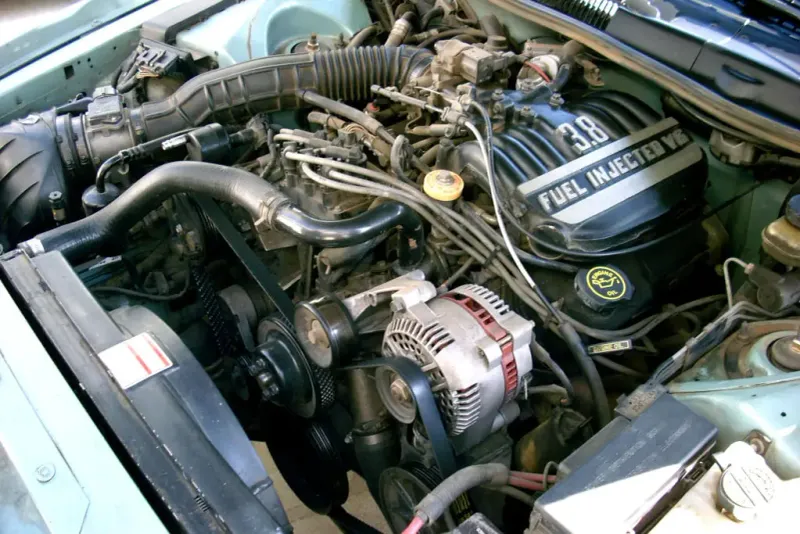
Ford’s 3.8L Essex V6 blew head gaskets so frequently you’d think it was part of the maintenance schedule.
Found in Mustangs, Windstars, and Thunderbirds throughout the 1990s, this engine transformed ordinary drivers into amateur mechanics out of necessity.
Cooling system woes were just the beginning. The plastic intake manifolds aged like milk in summer heat, cracking and leaking coolant everywhere.
Meanwhile, the valve covers leaked oil at a rate that kept cardboard box manufacturers in business. Ford eventually improved it, but not before creating a generation of disillusioned owners.
4. Nissan 3.5L VQ35DE (with CVT)
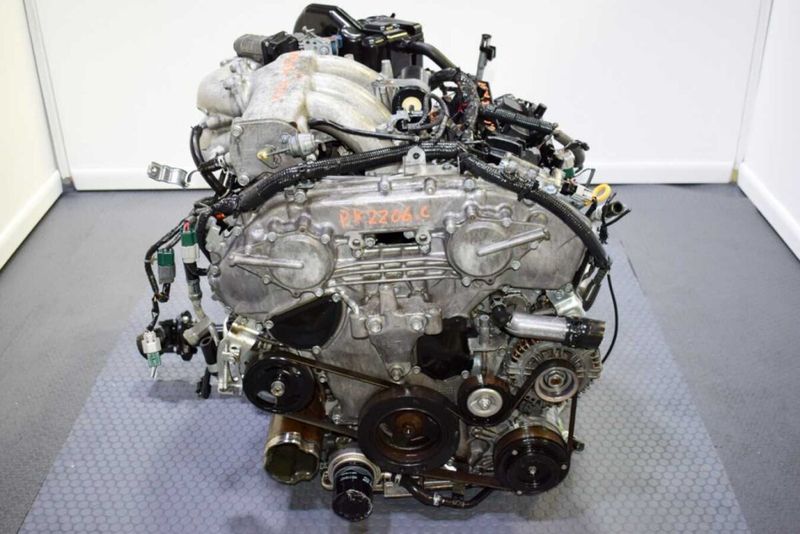
Individually, Nissan’s VQ35DE was actually quite brilliant – smooth, powerful, and relatively efficient. But pair it with their catastrophic early CVT transmissions, and you’ve got automotive heartbreak on wheels.
The engine itself would soldier on while the transmission self-destructed around 70,000 miles. Owners faced repair bills that often exceeded the car’s value.
Nissan eventually extended the warranty, essentially admitting defeat.
The real tragedy? This otherwise excellent engine was forever tainted by its troubled marriage to a transmission that couldn’t handle its power.
5. Toyota 3.0L 1MZ-FE
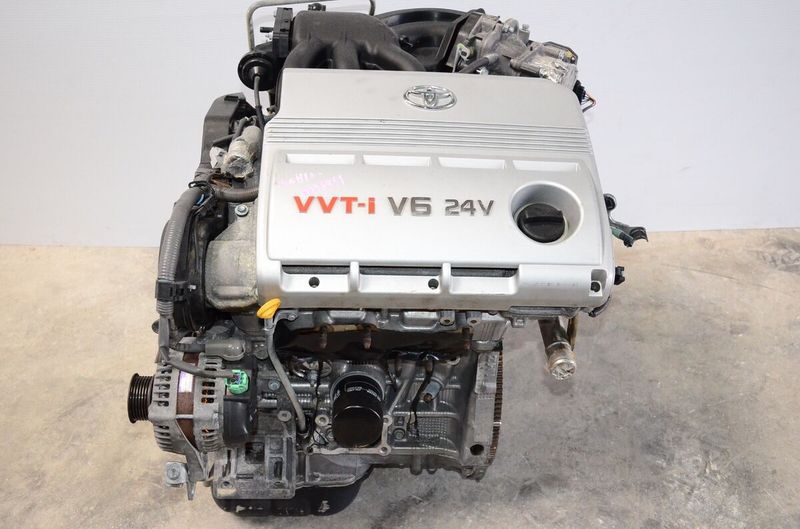
Toyota’s reputation for bulletproof reliability took a serious hit with early versions of the 1MZ-FE V6.
Found in popular models like the Camry and Avalon, these engines developed a nasty habit of forming sludge that choked vital oil passages.
Toyota blamed owners for inadequate maintenance, but even meticulously maintained engines succumbed to the sludge monster. The oil gel would build up until the engine starved itself of lubrication.
After numerous complaints and lawsuits, Toyota eventually implemented a limited repair program, but not before their sterling reputation had taken a significant dent.
6. Volkswagen 3.6L VR6
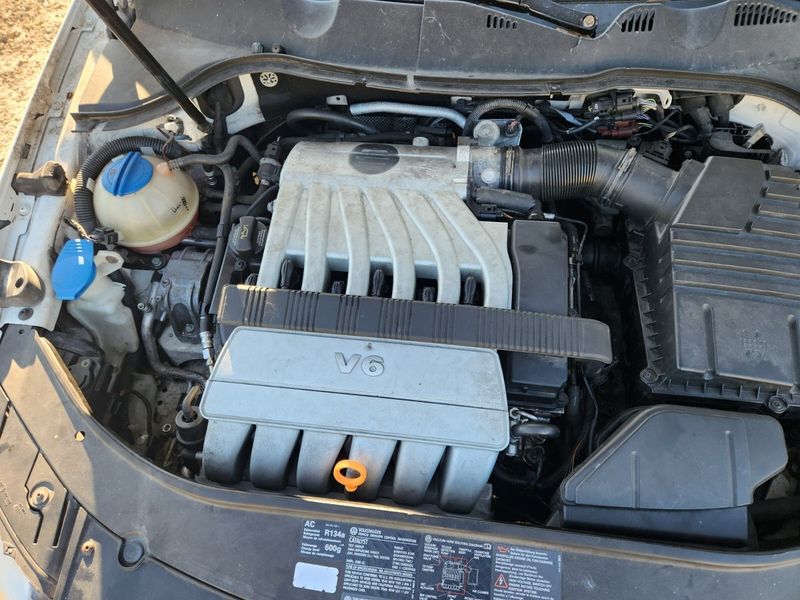
Volkswagen’s 3.6L VR6 was an engineering marvel on paper – compact, smooth, and innovative with its narrow-angle design.
Unfortunately, real-world reliability didn’t match the impressive specs. Timing chain issues became the engine’s calling card, with tensioners failing prematurely and chains stretching beyond acceptable limits.
When the timing chain jumped, valves and pistons introduced themselves in catastrophic fashion.
The water pump, buried deep within the engine, required major disassembly to replace. Owners quickly learned that German engineering excellence came with German repair bills to match.
7. Mitsubishi 3.0L V6 (6G72)
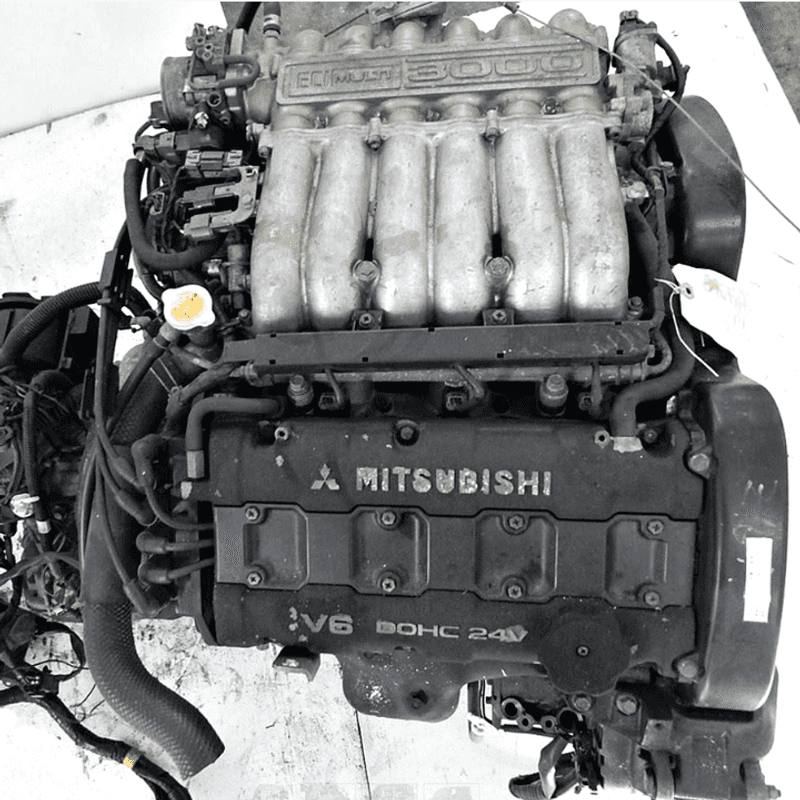
Mitsubishi’s 6G72 engine gained infamy in the Diamante and 3000GT, but reached peak disappointment in the Dodge Caravan.
Overheating became this engine’s party trick, with cooling system failures occurring with alarming regularity. Cracked cylinder heads were common enough to keep replacement part manufacturers busy for years.
The worst versions suffered from premature valve guide wear that resulted in excessive oil consumption.
Many owners simply gave up after multiple repairs, scrapping otherwise decent vehicles because this problematic heart refused to beat reliably.
8. Hyundai 2.7L Delta V6
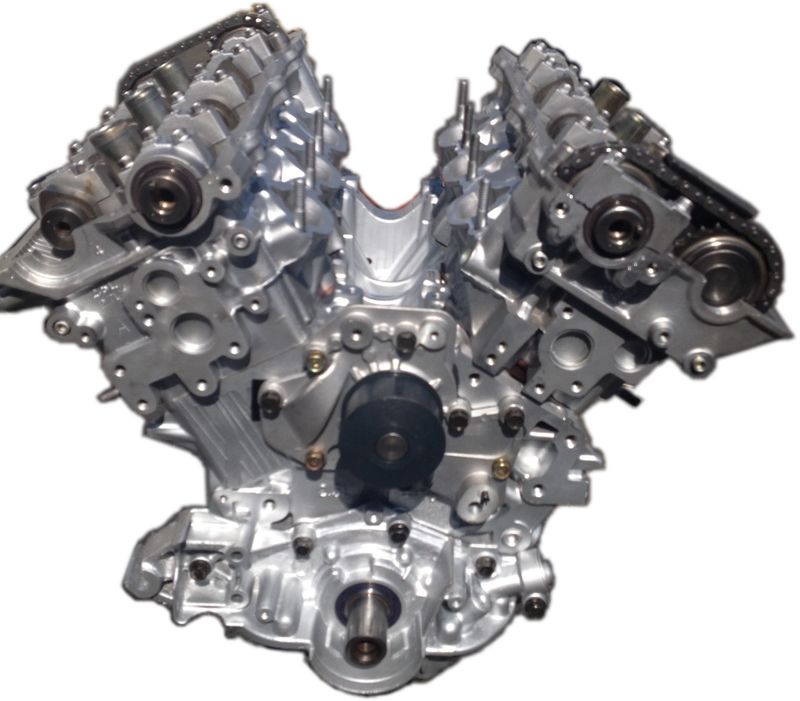
Before Hyundai became the reliability powerhouse it is today, they stumbled badly with their 2.7L Delta V6.
Introduced in the early 2000s, this engine quickly developed a reputation for oil consumption that would make an old British sports car blush.
The oil would mysteriously vanish between changes, leading to premature wear and eventual failure. Rod bearings would spin, connecting rods would knock, and bank accounts would empty.
Owners learned to carry extra quarts of oil on long trips – not exactly the carefree driving experience Hyundai had promised in their glossy brochures.
9. Suzuki 2.5L V6 (H25A)
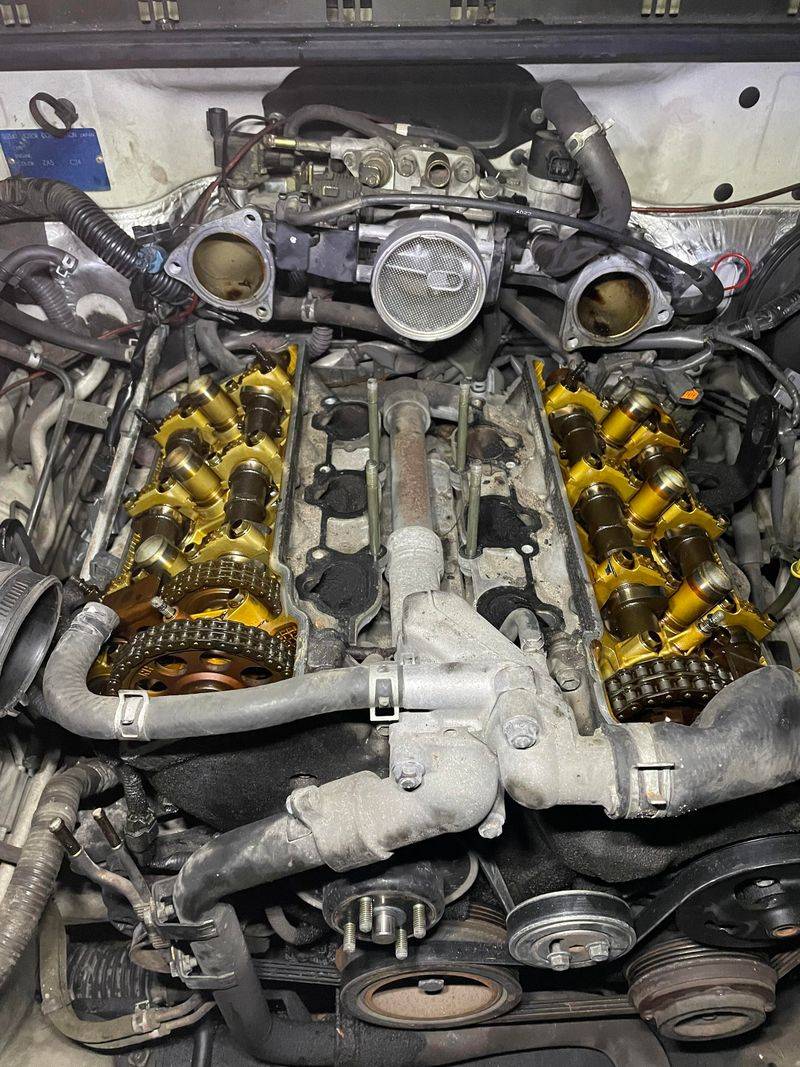
Suzuki’s forgotten H25A V6 powered vehicles few remember today, like the Verona sedan.
Manufactured by GM-Daewoo, this sideways-mounted oddball suffered from timing chain guides that disintegrated faster than cheap toilet paper.
The engine’s bizarre design placed the timing chain at the back, requiring transmission removal for service. Most shops quoted repair costs exceeding the car’s value.
Fuel economy was terrible, power was mediocre, and reliability was a cruel joke. The H25A perfectly embodied why Suzuki eventually abandoned the American car market altogether.
10. Rover KV6
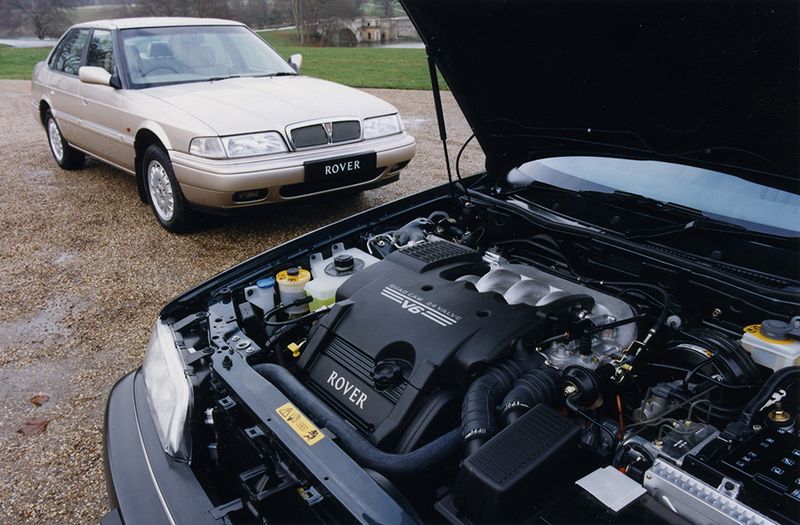
British engineering reached a spectacular low point with the Rover KV6. This engine turned simple commutes into white-knuckle adventures, never knowing if you’d reach your destination.
The thermostat housing cracked regularly, spraying coolant over hot engine components.
Timing belt failures were common enough to be considered a design feature rather than a flaw. The coup de grâce? Head gasket failures that could happen multiple times during ownership.
Mechanics often joked that KV6 stood for “Keep Visiting 6 times a year” – humor that Rover owners rarely appreciated.
11. Isuzu 3.2L V6
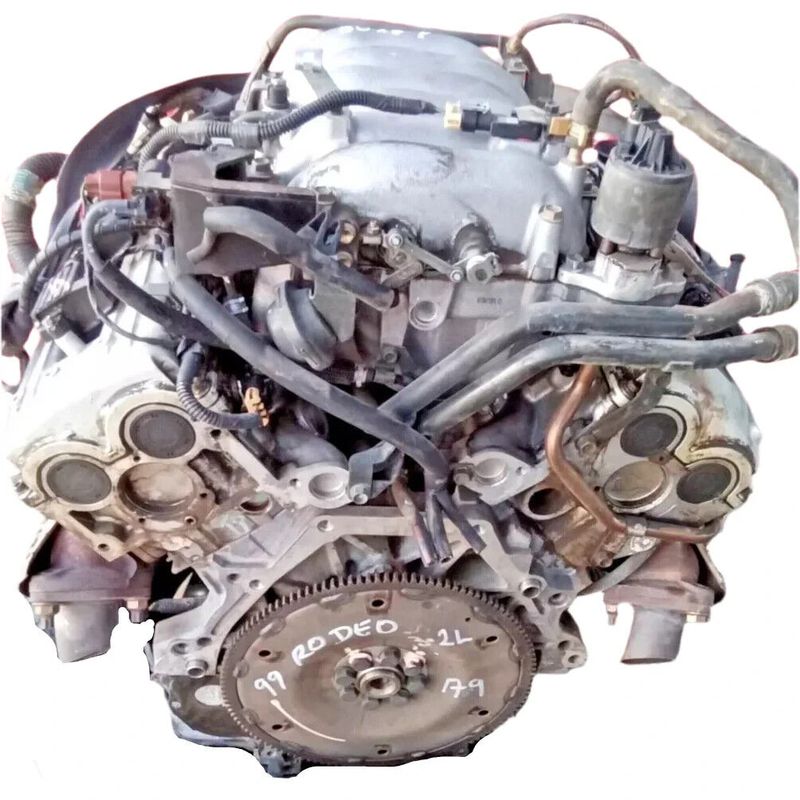
Isuzu’s 3.2L V6 turned otherwise decent vehicles like the Rodeo and Trooper into mechanical money pits. Valve seal failures created spectacular blue smoke shows that embarrassed owners at every stoplight.
The engine’s appetite for oil rivaled a teenager’s appetite for pizza. Cooling system issues compounded the problems, with head gasket failures becoming almost inevitable past 100,000 miles.
Many of these engines met their end when owners, faced with repair quotes exceeding $3,000, simply abandoned their vehicles. Today, finding one still running is rarer than spotting a unicorn.
12. Peugeot-Renault-Volvo (PRV) V6
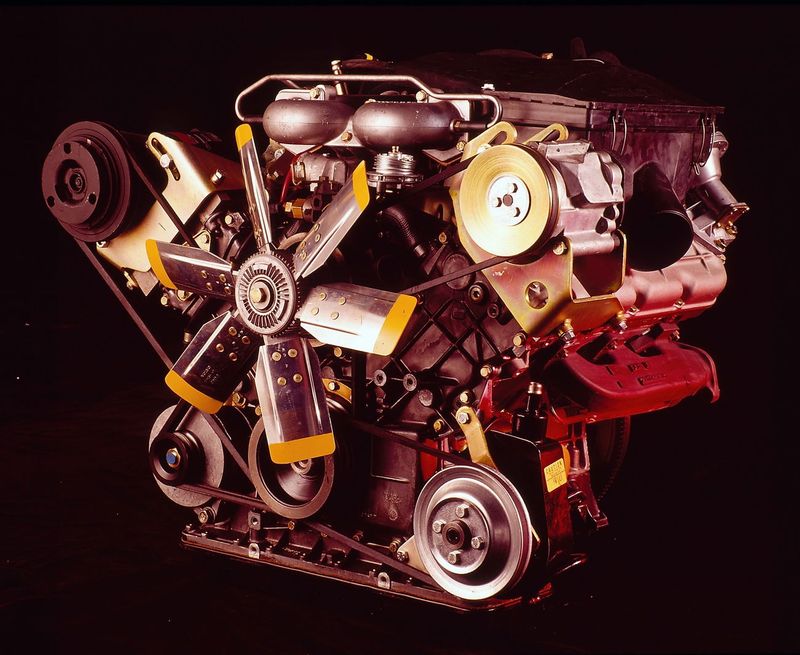
Created by committee (never a good sign), the PRV V6 powered everything from humble European sedans to the stainless steel DeLorean.
Despite its exotic applications, this engine was spectacularly mediocre. Designed originally as a V8 with two cylinders chopped off, it suffered from inherent balance issues.
Overheating was common, valve adjustments were frequent, and power was disappointing. The odd 90-degree V-angle created vibrations that could loosen fillings.
Perhaps its greatest achievement was making Back to the Future’s time machine chronically unreliable both on and off screen.
13. Honda 2.7L C27
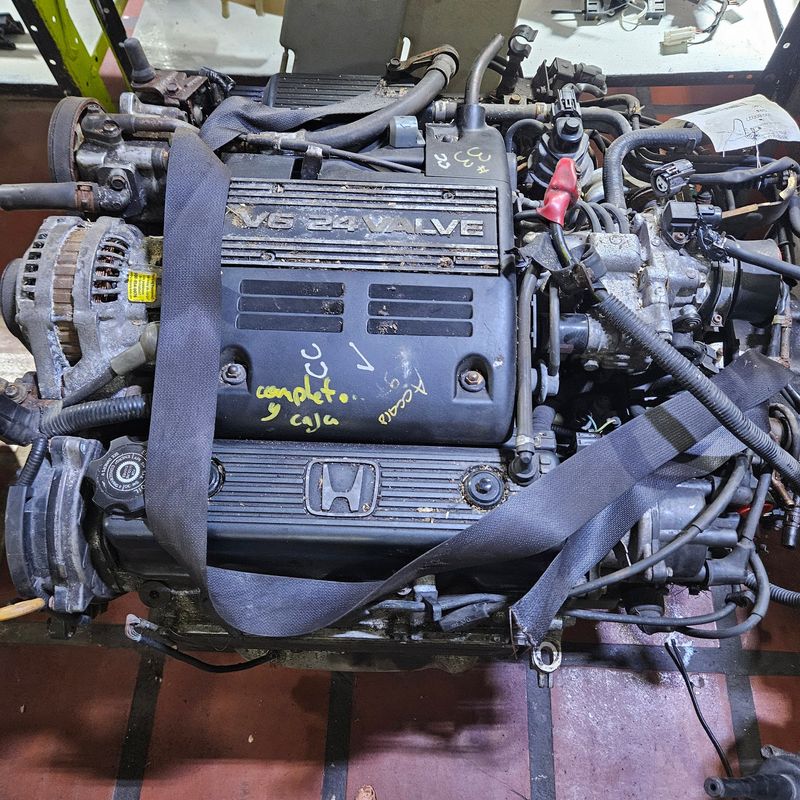
Honda shocked loyal fans with the C27 V6 used in the first-generation Odyssey minivan.
This rare Honda misstep suffered from premature transmission failures when paired with the automatic – a deadly sin for family haulers.
Owners reported excessive oil consumption and mysterious power loss as these engines aged. The timing belt service interval was unusually short, requiring expensive maintenance every 60,000 miles.
While not as catastrophic as others on this list, the C27 stands out because it came from Honda – a brand where engine excellence was considered the bare minimum.
